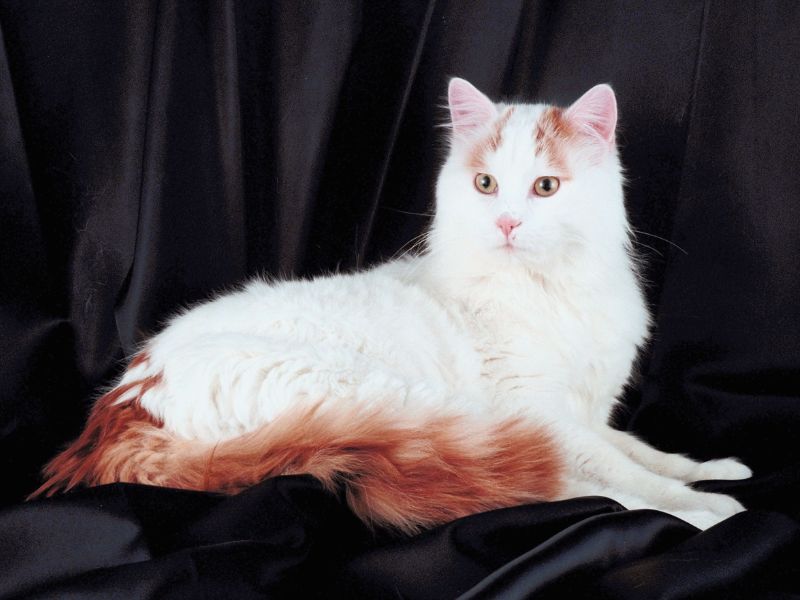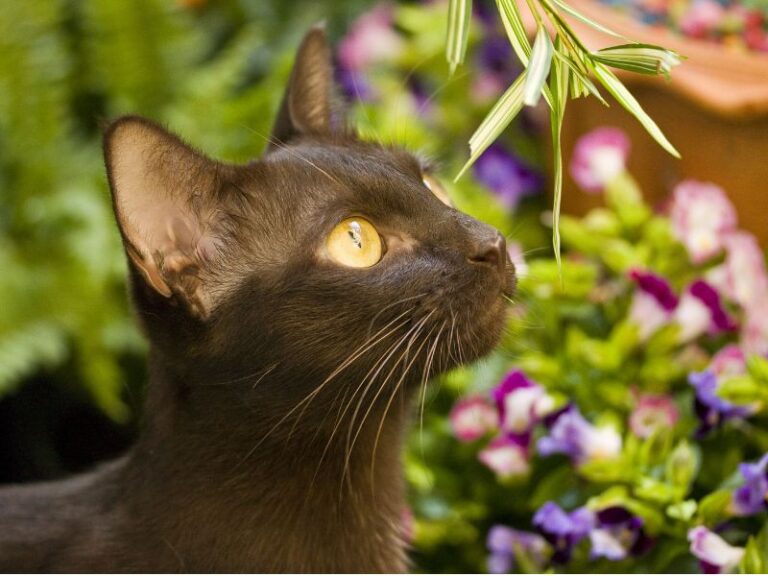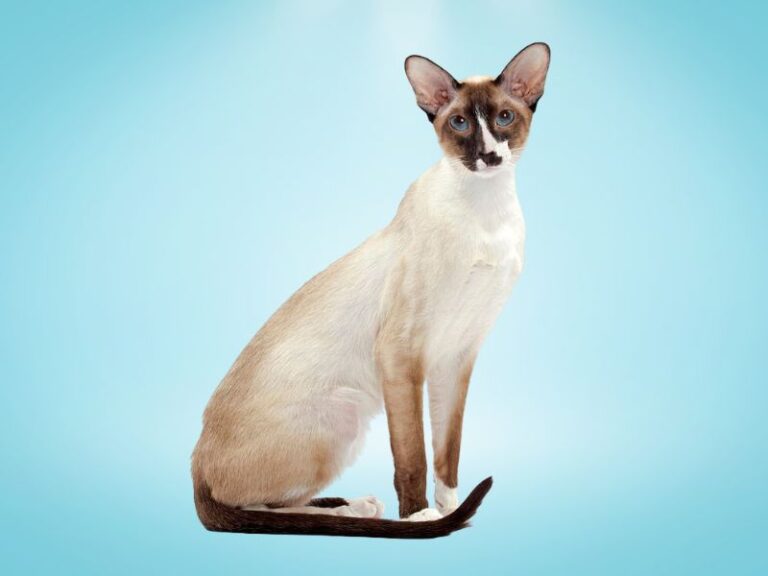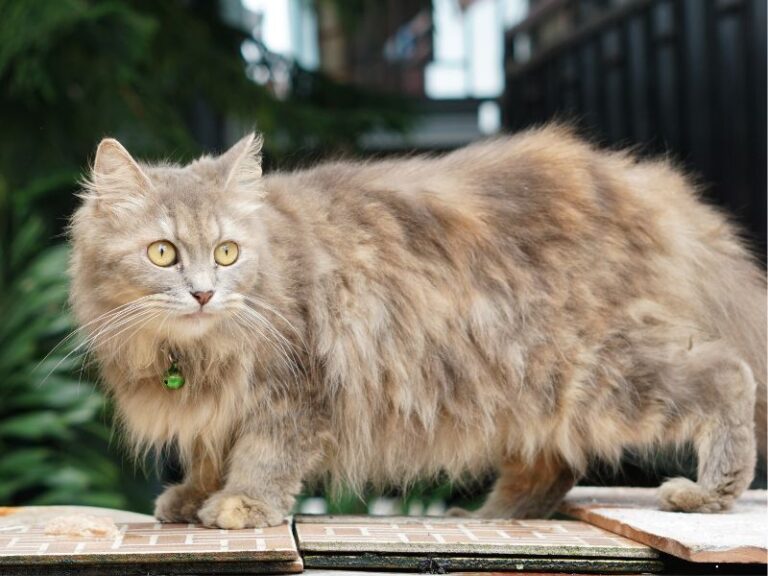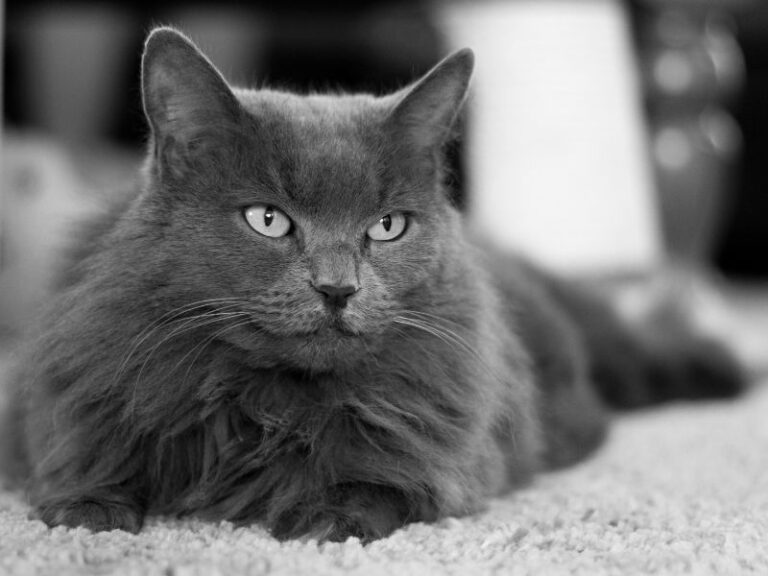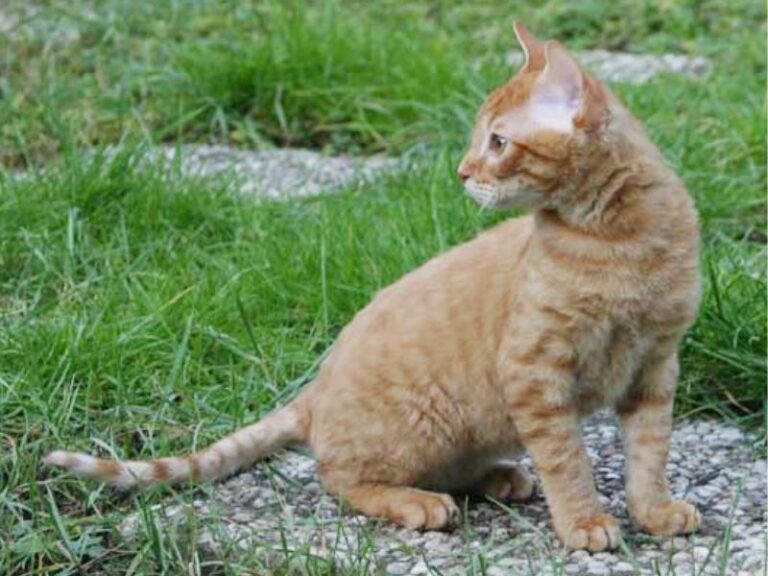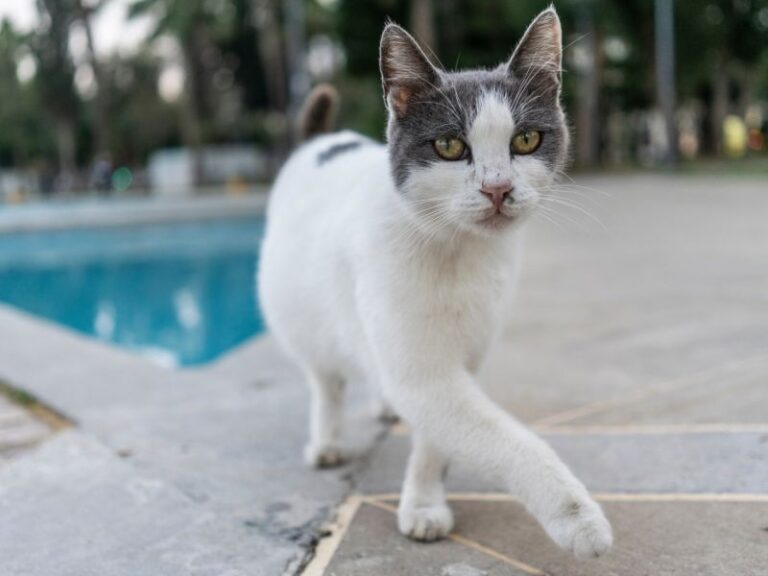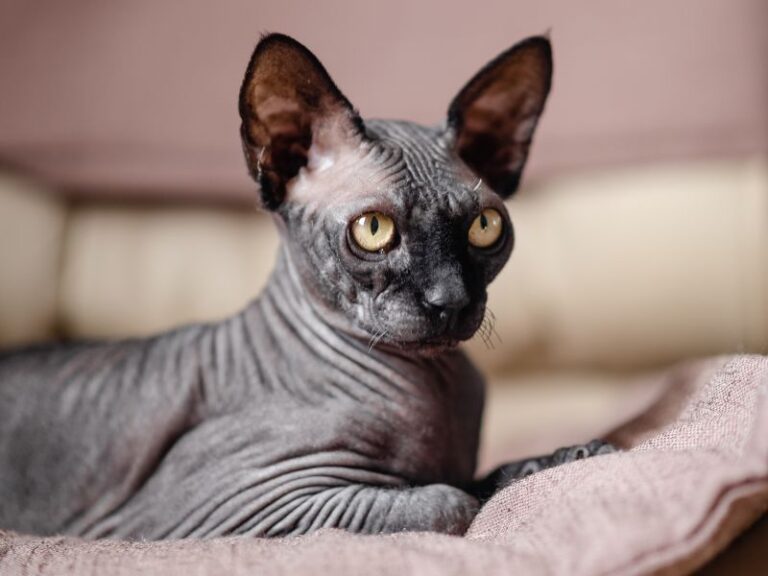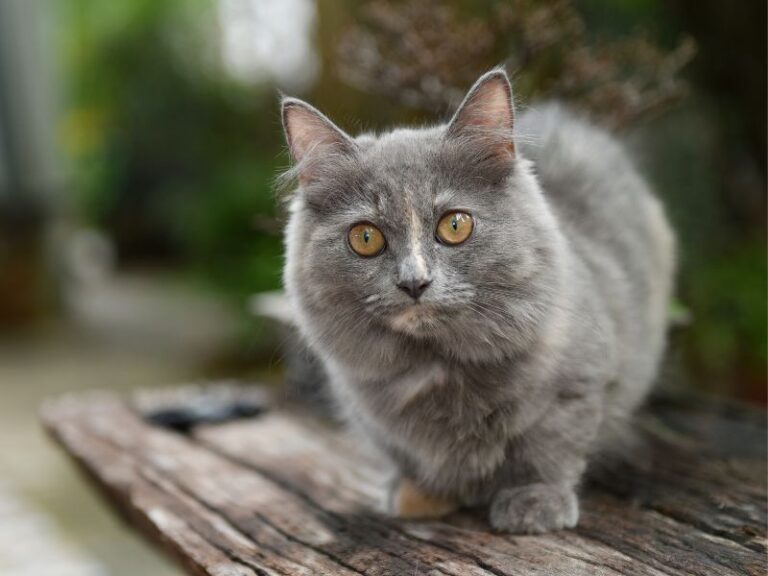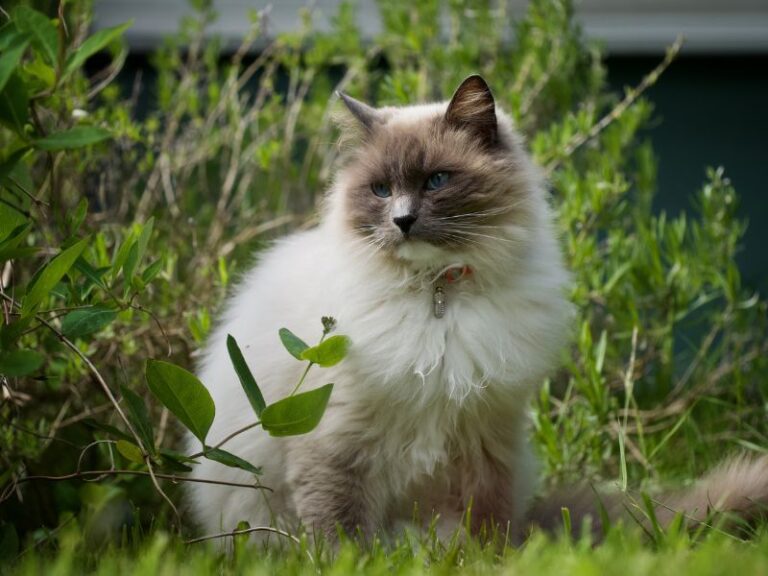Table of Contents
ToggleThe Turkish Van Cat, with its distinct and captivating features, is a breed known for its love of water and unique appearance. Originally hailing from the rugged regions of Turkey, this feline has gained popularity worldwide for its charming personality and striking physical attributes. In this comprehensive guide, we will delve into the fascinating world of the Turkish Van Cat, exploring its origin, physical characteristics, lifespan, temperament, care requirements, and how this extraordinary breed has won the hearts of cat lovers worldwide.
Turkish Van Cat Origin
The Turkish Van Cat’s history dates back centuries, with its roots firmly planted in the Lake Van region of Eastern Turkey. This ancient breed is believed to have descended from the domestic cats that accompanied ancient civilizations along the Silk Road, intertwining their paths with human history. The Turkish Van’s love for water is deeply rooted in its ancestral past, as it thrived in a landscape surrounded by large bodies of water. Its strong swimming abilities were essential for hunting and survival in this unique environment.
Turkish Van Cat Physical Characteristics
The Turkish Van Cat boasts an eye-catching appearance that sets it apart from other feline breeds. One of its most distinctive features is its semi-long fur, which feels soft and luxurious to the touch. Its coat color is predominantly white, and it often sports patches of color on its head and tail, showcasing the breed’s mesmerizing “Van” pattern. This pattern is typically a combination of red, cream, black, or blue, forming a striking contrast against the snowy white fur.
With a robust and muscular build, the Turkish Van is a medium to large-sized cat. Its strong legs and agile body enable it to perform impressive leaps and bounds, making it an adept hunter and a playful companion. The breed’s eyes are large and expressive, and they can range in color from amber to blue, adding to the feline’s captivating charm.
Turkish Van Cat Lifespan
On average, the Turkish Van Cat has a lifespan of 12 to 17 years, provided it receives proper care and attention. Like all breeds, it is essential to maintain regular visits to the veterinarian to ensure its well-being. Turkish Vans are generally healthy cats, but they can be prone to certain genetic conditions, such as hip dysplasia and hypertrophic cardiomyopathy. Responsible breeding practices and early health screenings can help mitigate these risks and ensure a healthier lineage.
Turkish Van Cat Temperament
The Turkish Van Cat is renowned for its unique and endearing personality traits. Unlike some other breeds, these cats are often described as “dog-like” due to their high levels of loyalty and affection towards their human companions. They form deep bonds with their owners and are known to follow them around the house, eager to participate in daily activities.
Their water-loving nature is another aspect that sets them apart. Turkish Vans enjoy splashing around in water dishes or even hopping into the sink for a playful encounter with flowing water. This affinity for water can provide hours of entertainment and amusement for both the cat and its human family members.
Furthermore, Turkish Vans are intelligent and curious creatures, always on the lookout for new adventures and challenges. Interactive toys and puzzles can keep their minds stimulated and prevent boredom, as they are highly active and agile animals that thrive on mental and physical stimulation.
Turkish Van Cat Care Requirements
Caring for a Turkish Van Cat involves providing a stimulating and safe environment that caters to its unique needs. Here are some essential care requirements to ensure the well-being of this charming feline:
- Grooming: The Turkish Van’s semi-long fur is beautiful but requires regular grooming to keep it in top-notch condition. Weekly brushing is recommended to prevent tangles and matting, as well as to reduce shedding. Not only does this grooming routine help maintain the cat’s stunning appearance, but it also provides an excellent opportunity for bonding between the owner and the feline.
- Water Play: Embrace the Turkish Van’s unique love for water by offering a special playtime experience. A cat fountain or a small basin with a gentle stream of water can provide endless entertainment and amusement for your feline friend. Not all cats are drawn to water, but for Turkish Vans, this kind of play is a source of joy and excitement.
- Healthcare: Regular visits to the veterinarian are essential for monitoring your Turkish Van’s health and well-being. Routine check-ups allow early detection of any potential health issues, enabling timely interventions. Vaccinations are crucial for preventing various illnesses, and your vet can advise you on the appropriate vaccination schedule for your cat. Additionally, spaying or neutering is recommended unless you plan to responsibly breed them.
- Exercise and Play: Turkish Vans are highly active and intelligent cats that thrive on mental and physical stimulation. Engage in regular interactive play sessions using toys that trigger their hunting instincts. Feather wands, interactive puzzle toys, and laser pointers are excellent choices to keep them engaged and happy. Providing ample playtime not only helps burn off excess energy but also strengthens the bond between you and your furry companion.
- Litter Box Maintenance: Maintaining a clean litter box is crucial for the Turkish Van’s hygiene and comfort. These cats are known for their meticulous grooming habits, and a clean litter box ensures that they have a sanitary place to do their business. Regularly scoop the litter box and change the litter as needed to create a pleasant environment for your feline friend.
Final Words
The Turkish Van Cat, with its unique blend of grace, playfulness, and water-loving nature, is an exceptional and captivating feline companion. Originating from the rugged terrains of Eastern Turkey, this breed has enchanted cat enthusiasts worldwide with its striking appearance and delightful personality. From its semi-long fur and Van pattern to its intelligence and affectionate demeanor, the Turkish Van has all the qualities that make it an ideal addition to any loving home. By providing proper care, attention, and a touch of aquatic fun, the Turkish Van will undoubtedly leave a lasting pawprint on the hearts of those fortunate enough to call it family.
FAQ
How rare is a Turkish Van cat?
The Van cat’s rarity is evident as only 100 are born in America each year, making them highly scarce. Due to this limited population, they are not found roaming the streets, preventing interbreeding with feral or wildcats.
What is eyes of Turkish Angora cats?
Turkish Angora cats can have eye colors ranging from blue, green, and amber. However, prized individuals possess the captivating “odd eyes” trait, with one eye being blue and the other amber or green.
How long is the kitten stage for a Turkish Van?
The kitten stage for a Turkish Van generally lasts up to one year. During this time, they will experience rapid growth and development, requiring extra care and attention.

